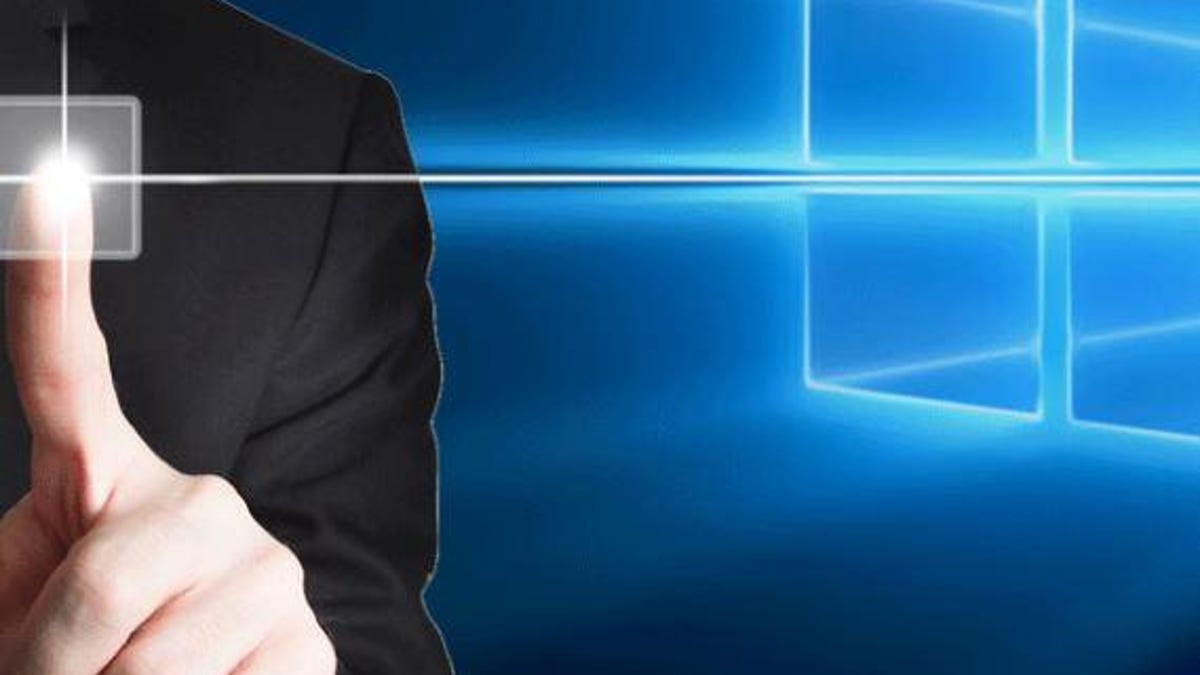- Reaction score
- 1,677
Ever since Microsoft recently began testing Windows 10 20H1 -- its Windows 10 feature update that isn't expected to start rolling out to mainstream users until April 2020 -- there's been lots of speculation about why Microsoft is doing this so early. Microsoft's Windows Insider team has made some vague references to some things being worked on requiring a longer lead time. But I'm hearing from my contacts the real reason is much more mundane: It's about aligning schedules between Azure and Windows engineering.
On February 14, Microsoft released a "Skip Ahead" Windows 10 test build that officials said was from the Windows 10 20H1 development branch. They did this even though Windows 10 19H1 still isn't done.
Some people wondered if this was a sign Microsoft might be moving to one Windows 10 feature update per year (nope). Others wondered if this was because of complexities around separating the Edge browser from Windows 10, as Microsoft is doing with its upcoming Chromium-based Edge release (also nope). And some others guessed the super-early 20H1 code drop was related to Windows Lite, the rumored version of Windows that looks nothing like Windows (still nope, I hear).
Instead, here's what my sources say is happening.

 www.zdnet.com
www.zdnet.com
Short answer here:
On February 14, Microsoft released a "Skip Ahead" Windows 10 test build that officials said was from the Windows 10 20H1 development branch. They did this even though Windows 10 19H1 still isn't done.
Some people wondered if this was a sign Microsoft might be moving to one Windows 10 feature update per year (nope). Others wondered if this was because of complexities around separating the Edge browser from Windows 10, as Microsoft is doing with its upcoming Chromium-based Edge release (also nope). And some others guessed the super-early 20H1 code drop was related to Windows Lite, the rumored version of Windows that looks nothing like Windows (still nope, I hear).
Instead, here's what my sources say is happening.

Here's the real reason Microsoft is already testing publicly next spring's Windows 10 release
When Microsoft began testing its Windows 10 20H1 release more than a year before it is expected to start rolling out, many company watchers wondered why. The answer may be more boring -- and a lot more complicated -- than you'd think.
 www.zdnet.com
www.zdnet.com
Short answer here:
"Instead, here's what my sources say is happening.
It's taken about a year, but the impact of last spring's big Windows reorg which resulted in Windows engineering moving to the Azure team, is starting to manifest. Azure has been using a customized version of Windows 10 Server as the core of the Azure platform for quite some time. But the team behind the Windows core OS -- which (confusingly) is not the same thing as WCOS -- hasn't really prioritized Azure up until now. Instead, it's been prioritizing the needs of Windows client, Server and Xbox.
This is starting to change. Beginning with the next major update to Windows core, which is the guts of Windows (meaning the kernel, file system, networking stack and such), the Azure team at last will be using the most-up-to-date version of Windows core instead of a much older version, my sources. say. Moving forward, the Windows core features the Azure team wants will get top billing.
On the client side of the house, Microsoft will continue to roll out two new feature updates of Windows 10 per year around April and October, as it does currently. These feature updates will be built on top of the Windows core platform release that the engineering team delivers internally only. These internal platform releases go to various Microsoft teams (Windows client, Server, Xbox and Azure) twice yearly -- in June and December.
The Windows team is close to finalizing Windows 10 19H1. If schedules had all aligned, the core OS team would already be well on its way to finishing the new core platform release (codenamed "Vanadium"), targeted for internal delivery by June 2019, which would be the base of the next Windows 10 release. But the timing just doesn't work out. As a result, my contacts say, the new plan is for the core OS team to skip its internal June platform release and just focus on the December 2019 internal release (codenamed "Vibranium") -- which will be the basis for the Windows 10 20H1 release. "
Last edited by a moderator:



